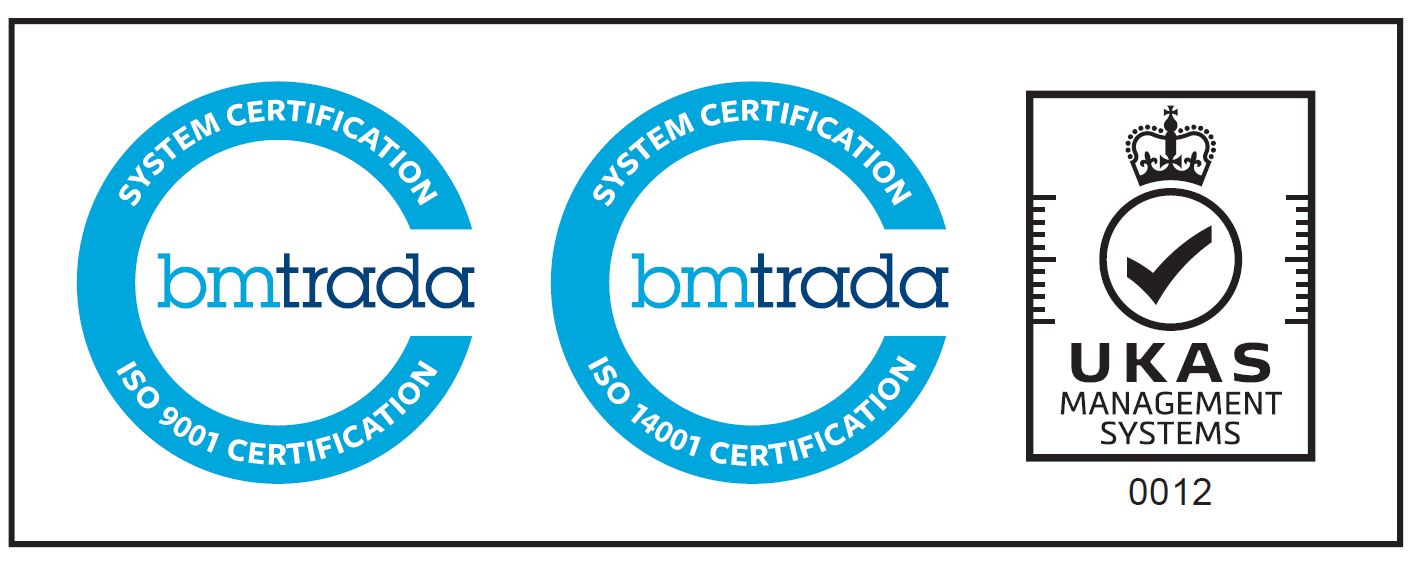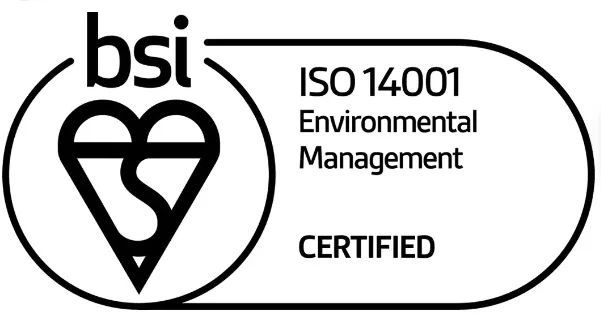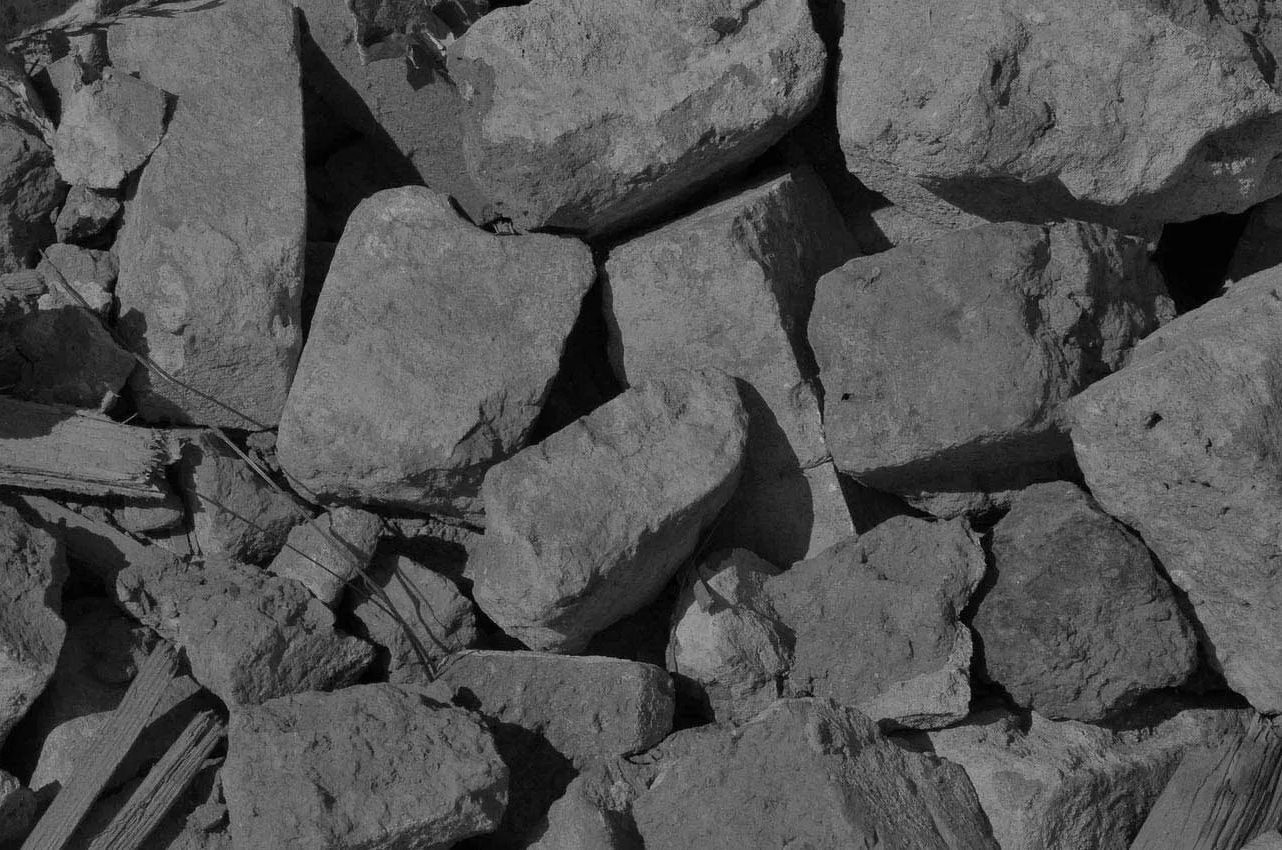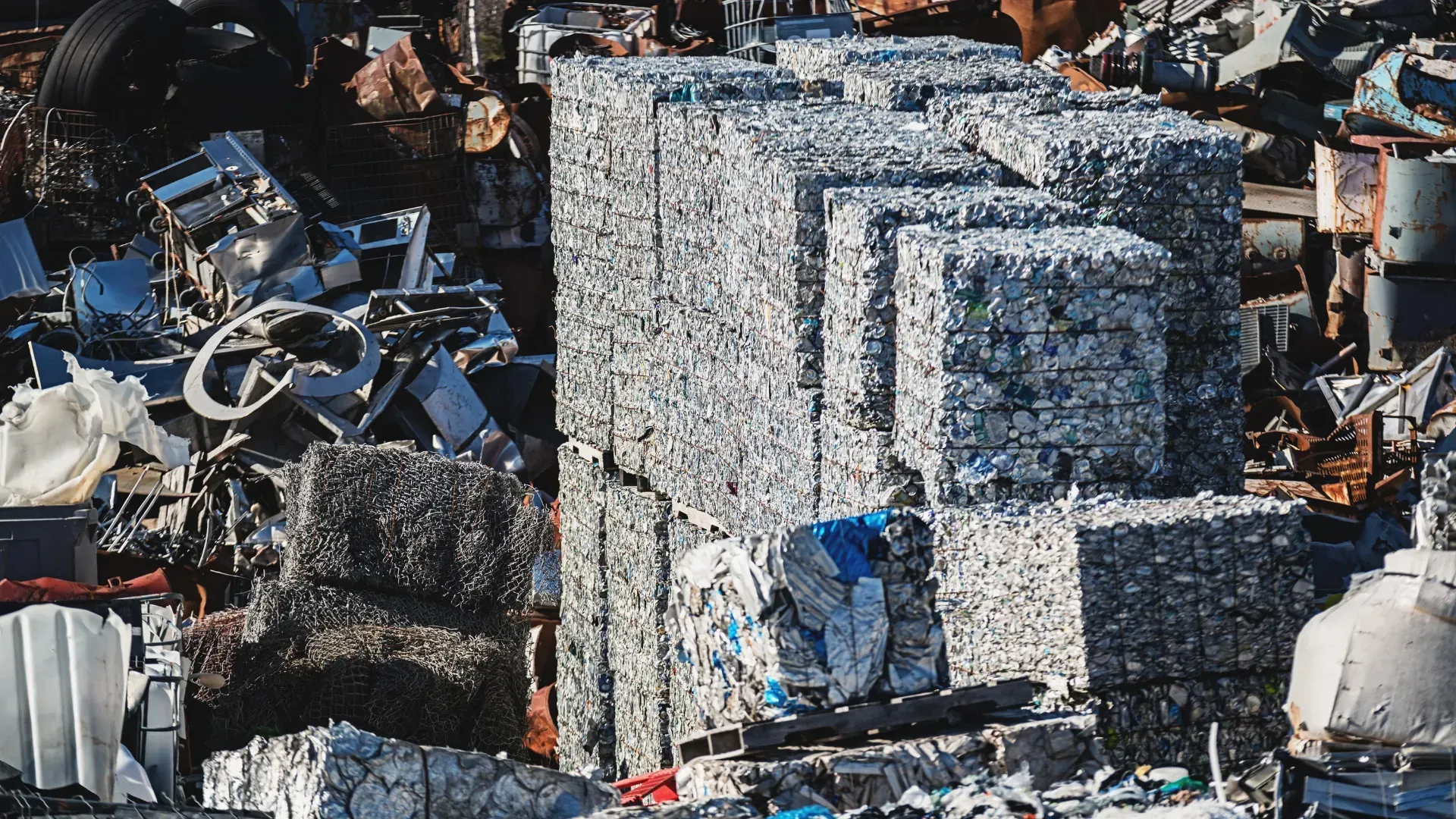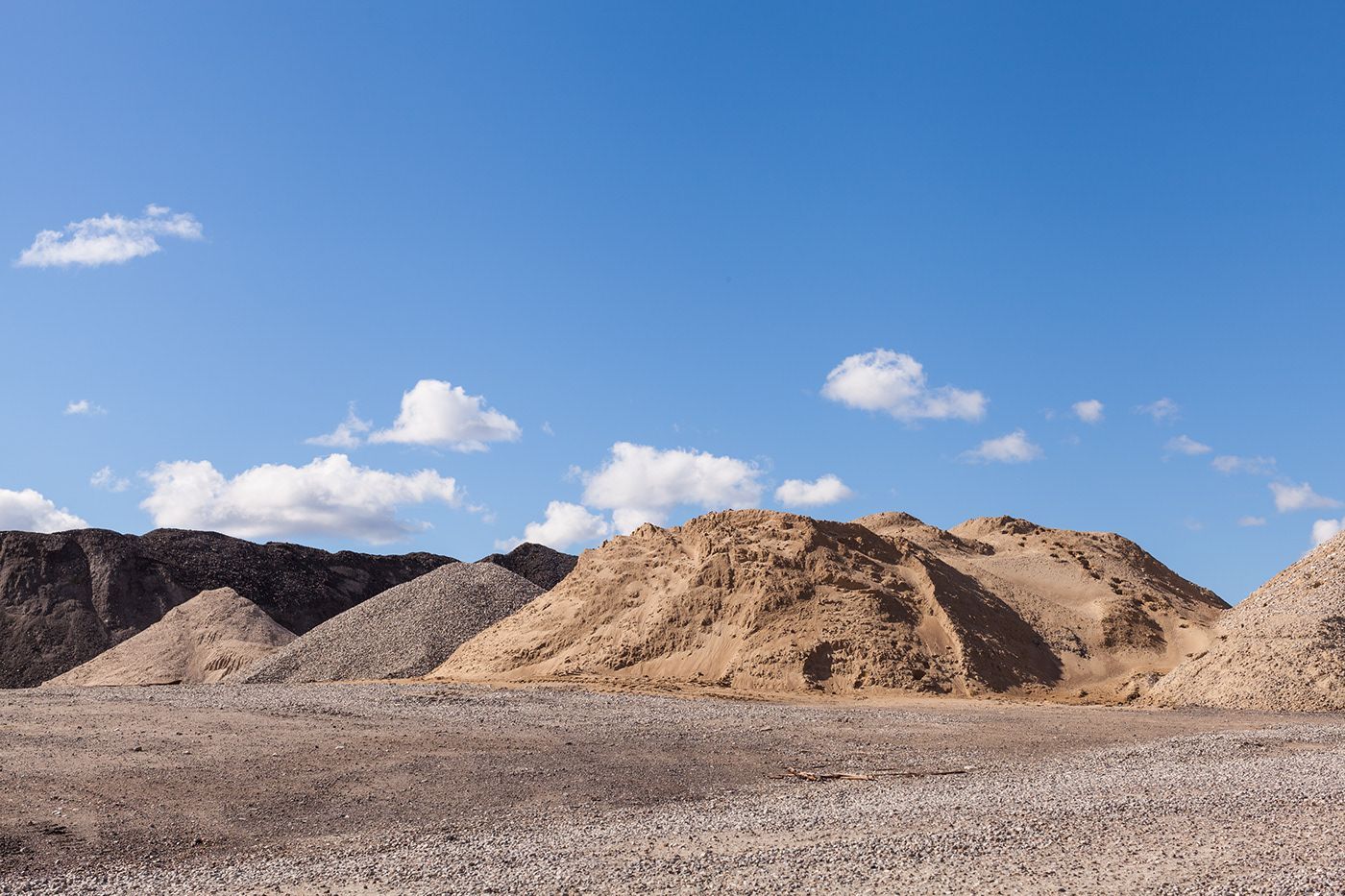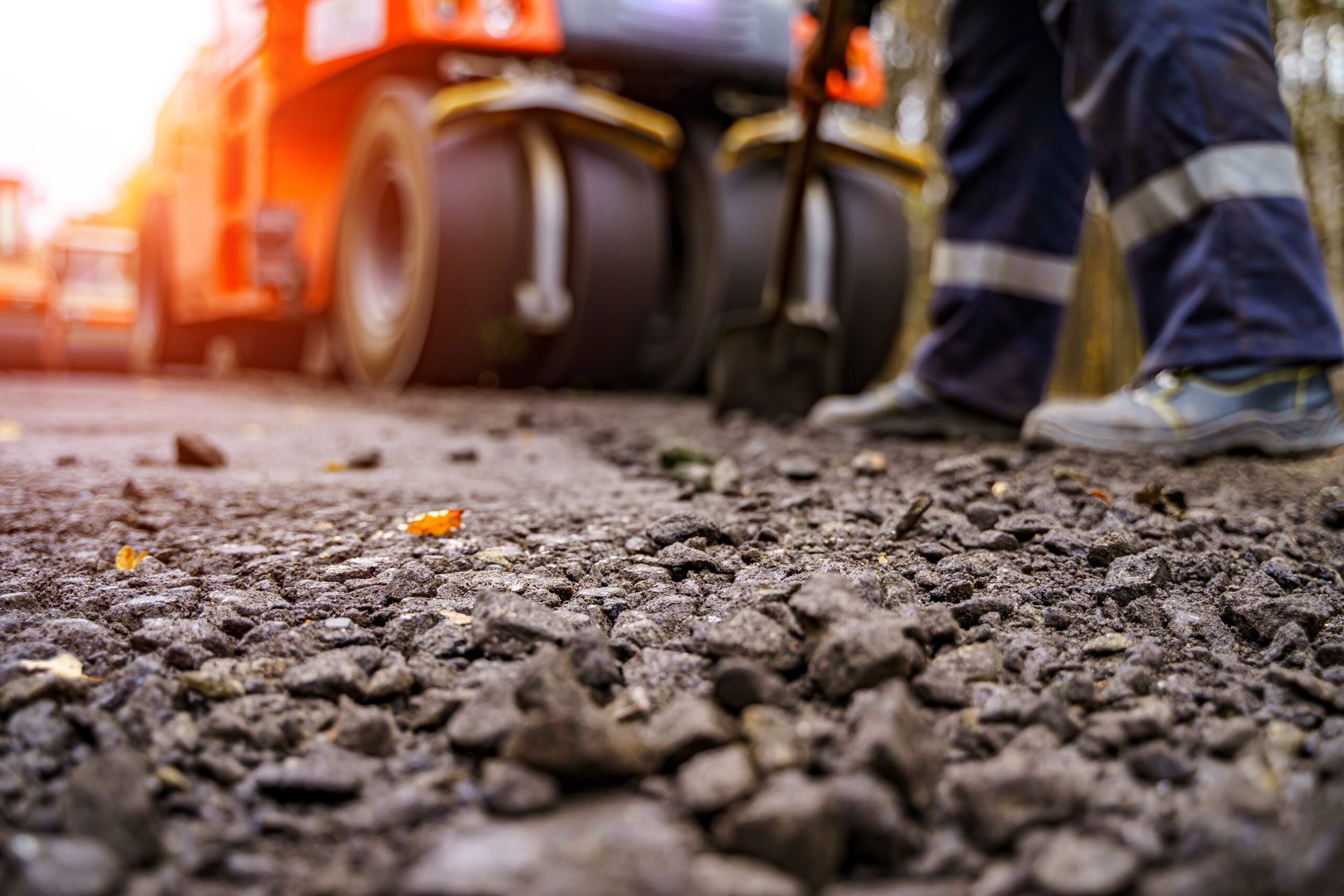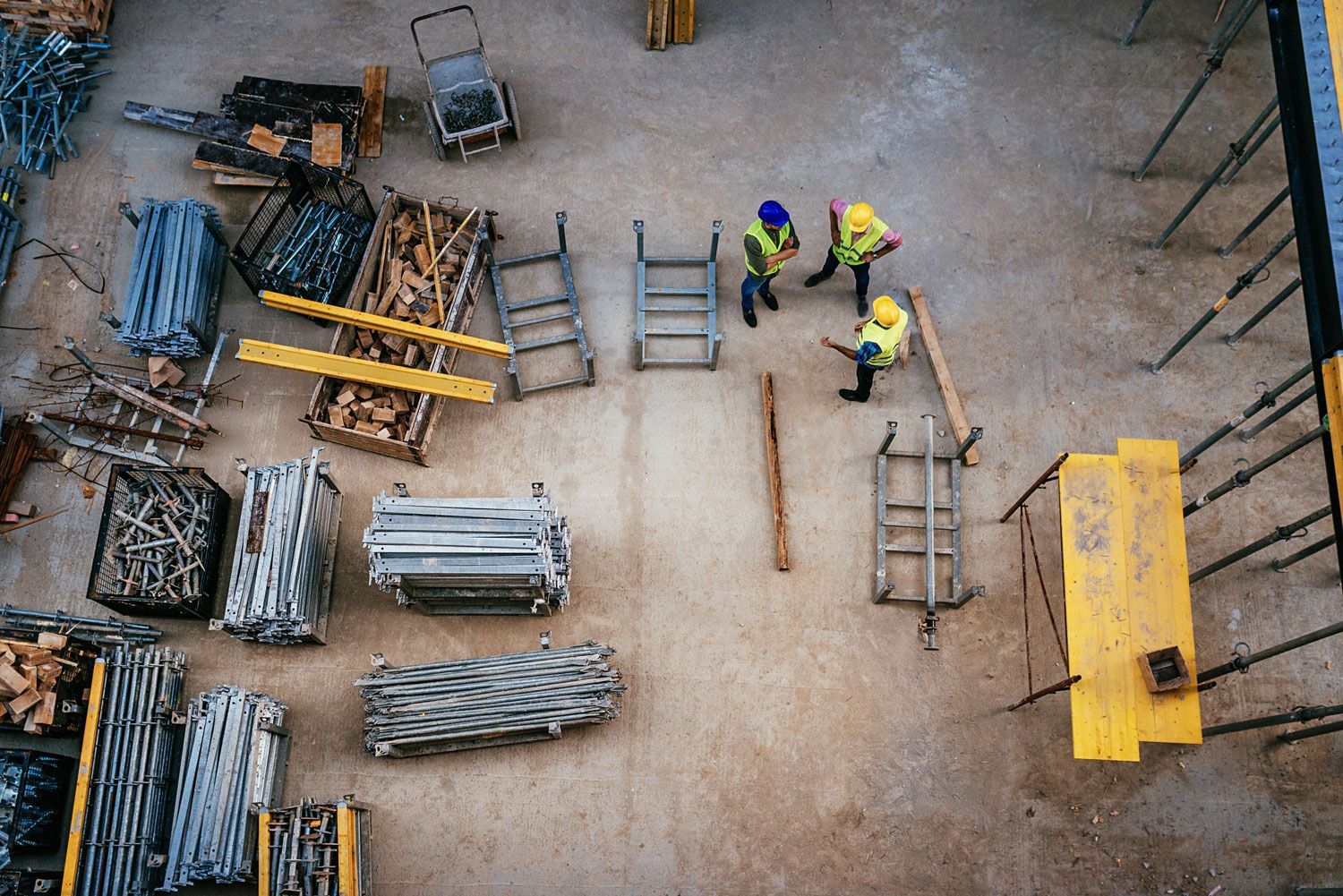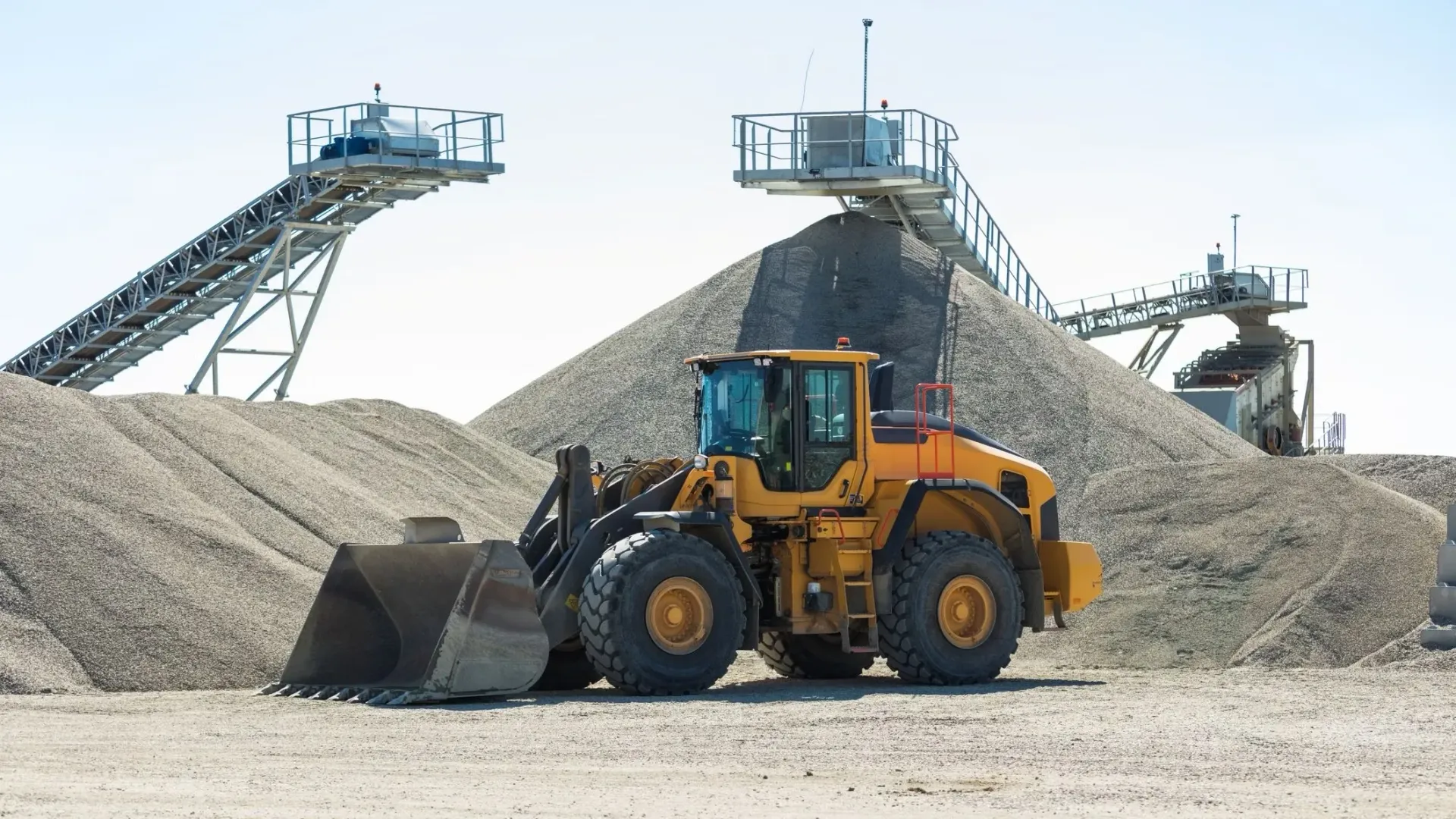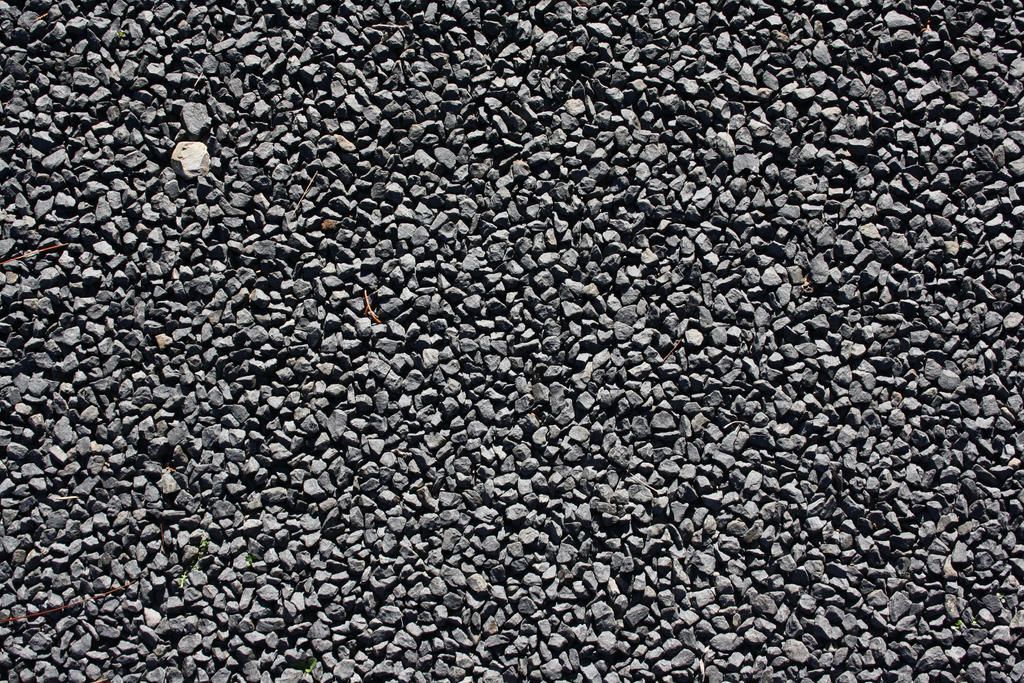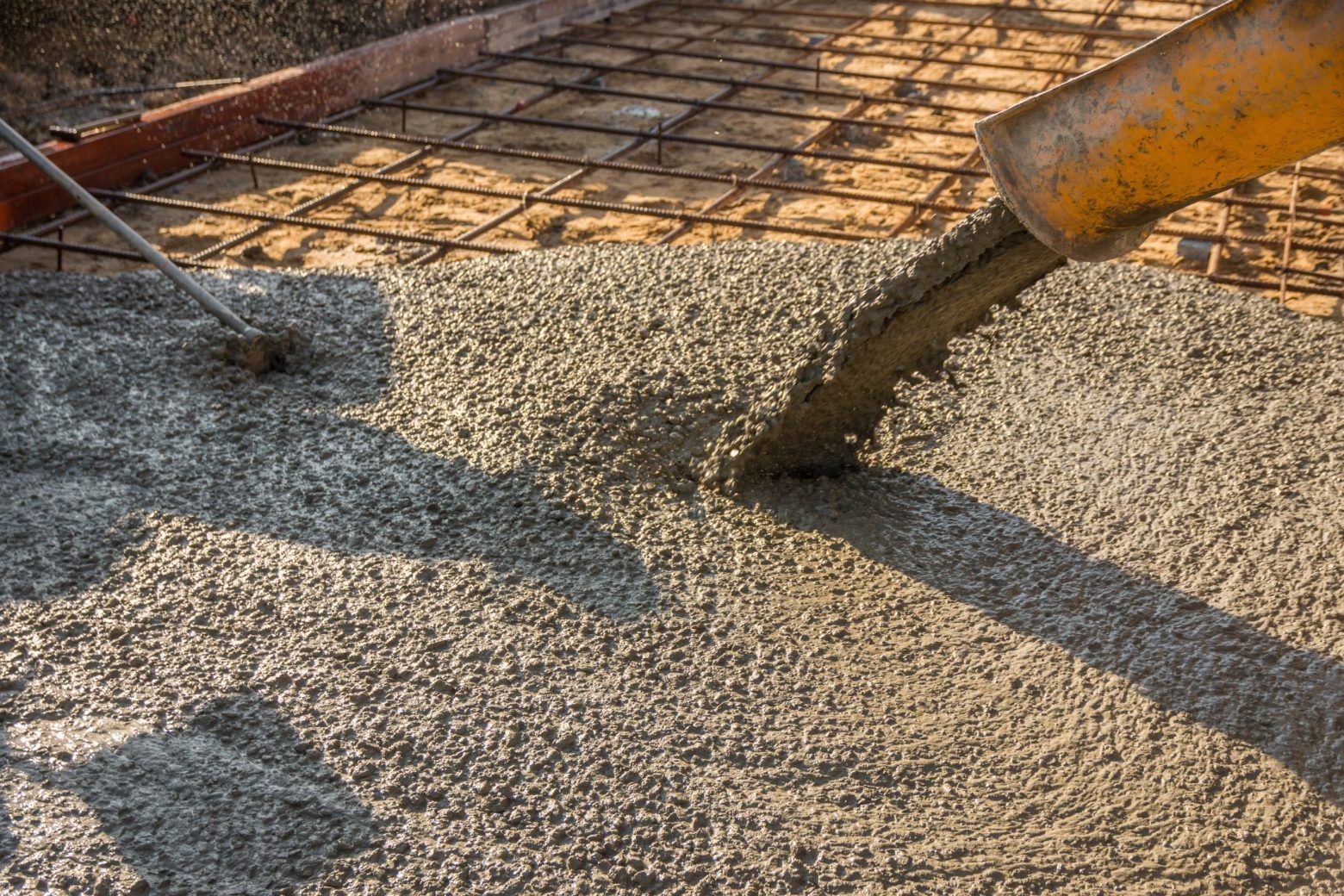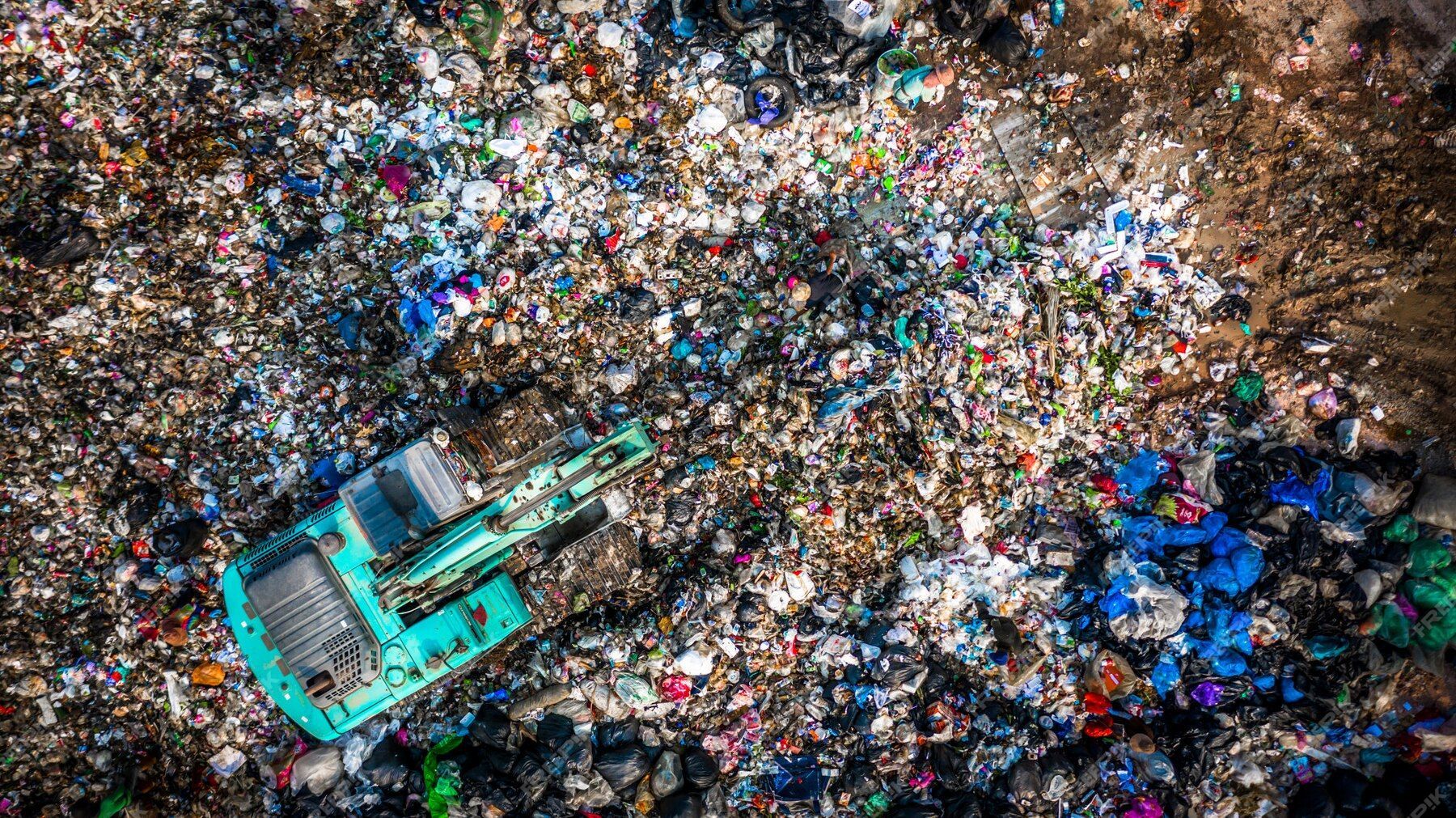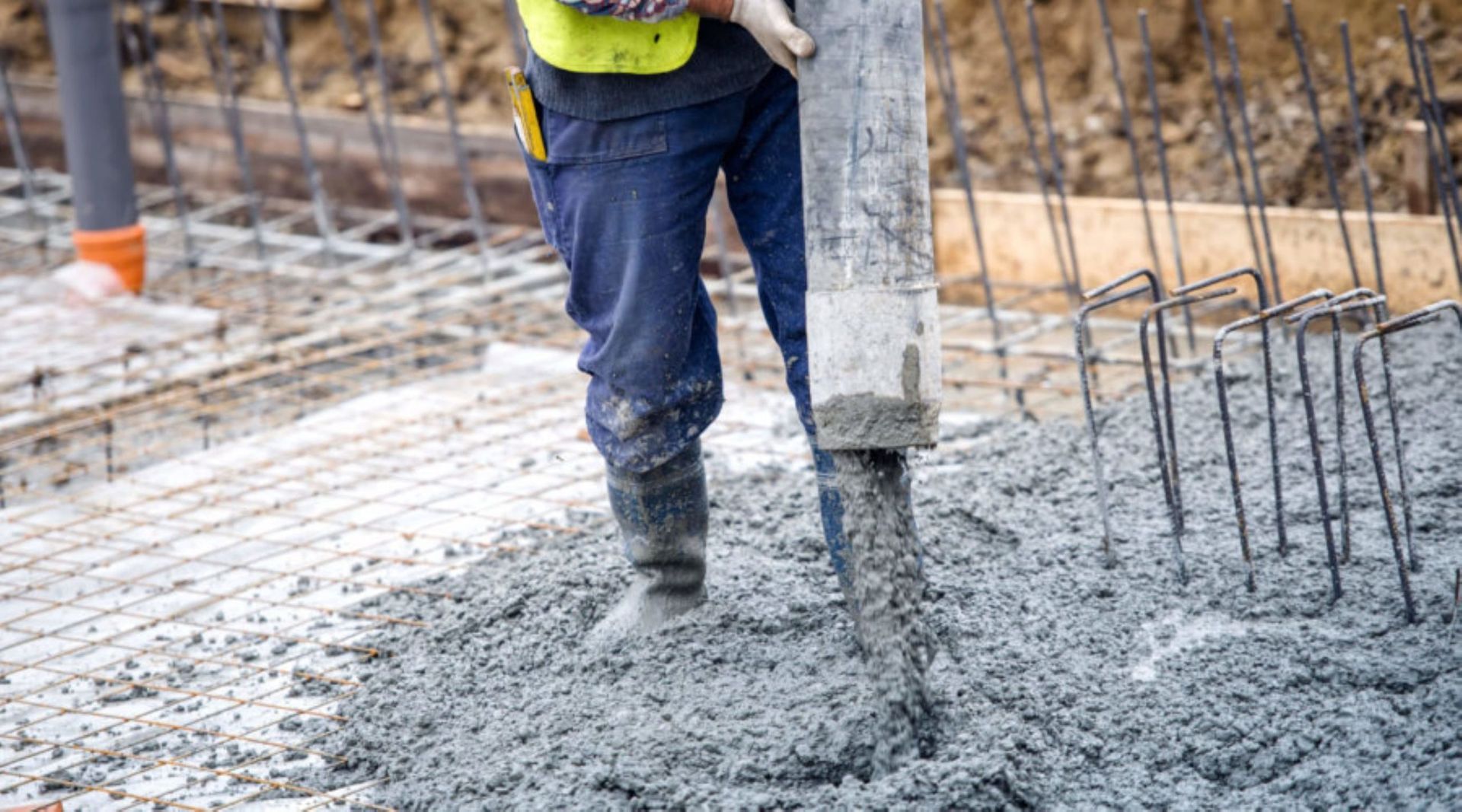Why Quarries Are So Important
Quarries are a big part of society, though you may not even realise it. For most people, the thought of where stone products come from is just not something that pops up very often. If they think of it much at all, they’ll likely think of the store where they buy their building supplies. However, most rock comes right from a quarry, so quarries are actually a very important industry.
What is a Quarry?
A quarry is essentially a stone mine, where the extraction is done outdoors. Instead of cutting tunnels into the earth, the stone is removed from an ever-deepening hole in the ground. These quarries are often filled with water once they have been shut down.
First, the quarry will be established by digging a pit until the desired rock is found. Then it is broken off by blasting it and knocking pieces loose. These pieces are then used.
Quarries produce necessary products for everyday living, including materials for construction, agriculture, electricity, and others. These days, most quarries are managed with the intention of being as eco-friendly as possible. They can support the environment while still providing everything people need from a quarry.
These types of mines have been used for a very long time, over thousands of years. In fact, the Great Pyramids in ancient Egypt were built with blocks of granite and limestone that were cut and hauled from quarries. Ancient Romans were also involved in quarrying and usually had slaves or criminals cut the stone by hand and haul it to the final destination.
While today’s quarries use explosives and machinery in removing pieces of rock, early quarries used hammers, picks and chisels to remove the rock. This was rather tedious, but it got the job done. Even Native Americans had their quarries for producing amulets and jewellery.
What Do Quarries Produce?
A quarry will produce different types of materials, depending on the type of quarry it is. For example, if a quarry is set up to bring up sandstone or granite, these are the stones that will be produced. However, quarries will also provide a range of aggregates, as well.
Aggregates are small pieces of rock or sand and they’re used extensively in construction, both residential and commercial. Roads also require large amounts of aggregates, so they are extensively used.
You can expect to find sand, gravel, crushed rock, and rock blocks from a quarry. Some of the more common products include:
Sand: The sand is often what remains from the process of blasting and crushing. It’s easily scooped up and removed from the quarry, then it can be washed and screened before shipping it out. Sand is usually used in construction projects and can also be provided for landscaping.
Sand is a big part of concrete making, as it adds strength and volume to the concrete mixture. It serves as a binding agent and is used frequently mixed with cement and some other, larger aggregates.
Gravel or crushed rock: The larger pieces of rock are usually crushed and any impurities are eliminated before the mixture can be sorted. The grading process divides the gravel into different sizes so it can be sold for appropriate use. Fine concrete, for example, will use smaller aggregates than a sturdy, rough concrete.
Technically, gravel is made up of weathered rocks. This means the stones have been left out for long periods of time. They’ve rounded due to the wear of the wind and rain and these pieces of stone are used for decorating flower beds, creating drainage ditches, and anywhere you need something pretty. Gravel is also used often as a base for concrete or paths. It may even be the main path material. However, since the stones are rounded, they tend to slip and slide and are easily displaced.
Crushed stone is jagged and has sharp edges since it’s been crushed by a large machine. These pieces of stone tend to lock together when used in a path or for landscaping, thanks to these rough edges. However, crushed stone is also popular for use in making concrete, where it adds volume and strength to the concrete. It also works very well for drainage and for sub-base layers for roads.
Dimension stones: Some quarries also produce chunks of rock that can be used for sculpting or cutting into stones for everything from building walls to flagstones for paths. These larger pieces of stone are called dimension stones. They’re used for a variety of building purposes, but they can also be turned into countertops, shingles, and even headstones for graves.
Limestone, granite, marble, and sandstone are all very common stones to be mined from a quarry. However, when it comes to making aggregates, there’s no particular stone that is necessary. Gravel may be made from any number of stone types.
In addition, some quarries offer recycled aggregates, where concrete is crushed and turned into aggregate again. This is a good way to keep the concrete in circulation and prevent it from ending up in landfills. For construction companies that are interested in being as eco-friendly as possible, this is an excellent way to do just that. The recycled aggregates work just as well as the newly crushed options, but they use fewer resources.
What else can quarries give you? That depends on what they are digging into. For example, it’s not uncommon for other materials to be found in a quarry, such as a vein of coal, potash, salt, gypsum, or clay. Each of these has its own uses and can be sold as well. Overall, the quarry provides a living for many people, as well as the necessary products to expand.
Clays and silica sand are often sold to kilns and are used to make clay bricks, as well as a variety of other clay items. You can see these everywhere in the UK and chances are, the clay they use is from a quarry nearby.
The Environmental Impact of Quarries
Many people worry about the environmental impact of a quarry that is built. After all, you have to dig out huge amounts of soil and stone to make it all work. What happens after that? The gaping hole in the earth can be quite the eyesore.
Fortunately, old quarries are rarely left as is these days. They may be filled with water to create a man-made lake where you can enjoy holidays with the children. These lakes are more common than you might expect. While deep, they tend to be rather picturesque, once the vegetation has grown back.
Other quarries are filled in with soil and rubbish and turned into beautiful parks. They serve a number of purposes, getting rid of rubbish and also providing new habitats for animals, as well as a lovely place to enjoy riding your bicycle or simply getting out in nature. With this type of quarry recuperation, there is no need to worry about the future of these spaces. They are necessary and the products produced are also necessary, so it’s a good idea to have ways to reduce the impact of quarrying on the world.
Is There a Quarry Near Me?
Wondering if you have a quarry nearby? You may. Often these mines are not huge and yet they produce quite a lot of stone and aggregates. If you are in need of aggregates such as crushed stone, gravel, or sand, you can often buy directly from the source. This is particularly true if you need large quantities for your building project.
If you’re looking for a quarry that is close by in order to purchase aggregates, look no further than
Thompson Quarries. We offer a wide range of aggregates and stone products for all your stone needs. Contact us with your needs and see how we can help.
